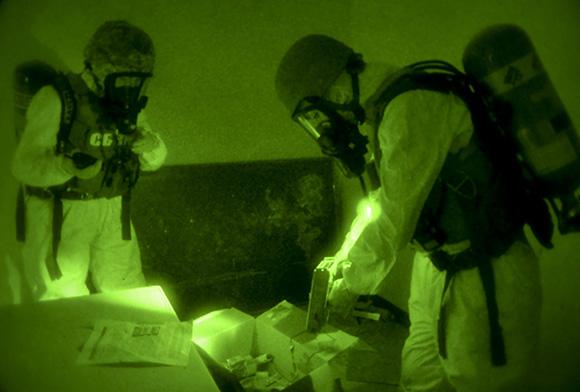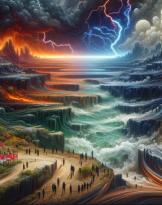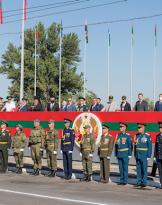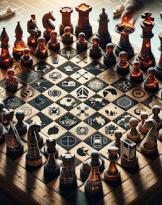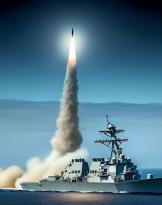At the beginning of the 2016 the radiological material disappeared in the territory of Iraq and a major concern was that it was Daesh who removed it in order to study and develop an RDD, Radiological Dispersal Device, a cd bomb dirty to be detonated with simple explosives but capable of creating enormous damage in a large area. Fortunately the same radiological source was then recovered a few days later, abandoned, in the same Iraq.
All this leads to an inevitable reflection: in the world there are thousands of radiological sources that are used for the most different purposes. Think of medical or industrial use. Often these, especially in the past, have not been preserved in the best way, giving rise to accidents and contaminations that have also led to the death of various people.
However, evolution has also arrived in this field and numerous steps have been taken towards a greater degree of efficiency and security in the control of these sources. However, this does not mean that the terrorists of the Islamic current worry, in particular the possibility that they are in possession of radiological material and are then able to create dirty bombs to be used in the now sadly famous attacks that too often target our western world.
Some experts have shown that with the radiological disposal sources available today, radioactivity would not be sufficient to cause immediate physical-lethal damage but would lead, in the long term, to an increased risk of cancer. An immediate damage, therefore, mainly psychological and economic: the authorities should in fact first declare the contaminated areas off-limits and the population should avoid all contact with these places. In the event that the RDD is used in a large urban area the economic damages could amount to millions of euros.
The biggest problem, according to the writer, is the fact that throughout the modern world the use of radiological sources is extremely high and it is highly unlikely that any of them could be protected in such a satisfactory manner as to prevent a terrorist from taking possession of it . Fortunately, most of these sources, however, are not suited to creating a RDD and those remaining (suitable) or having a low potential for radioactivity that does not prove to be harmful or are so radioactive that the terrorists who would handle them would die before succeeding to create an RDD.
If on the one hand the proposals that have been made to date have been unsuccessfully aimed at eliminating high-risk radiological sources, in the opinion of the writer it is essential to create guidelines that, on the one hand, instruct civilians on behavior to be kept in the event of a terrorist attack by means of dirty bombs and on the other hand they set a procedural standard for the rescue of the population: some Japanese studies have stopped as in the Fukushima disaster about 1600 people died due to the wrong evacuation plans.
Citizenship must be able to remain calm even in the event of a radiological attack and for this to happen it is necessary to instruct it: every day we are exposed to any kind of radiation, we live in the midst of radiation. Think of cell phones, the rays that come to us from space and from the ground. It is therefore not appropriate to lose that calm with which the most effective decisions can be made.
Today we have not yet witnessed a terrorist attack by Daesh through RDD but the Islamic terrorist activity that has recently been carried out in Belgium must sound an alarm bell: the men of Isis show an interest in experimenting with these types of ordnance and therefore it is necessary to eliminate the most dangerous types of radiological sources and, on the other hand, to massively expand the fight against local criminal organizations that prevent the correct disposal of hazardous waste.
(photo: US Air Force)

